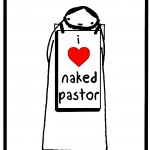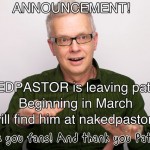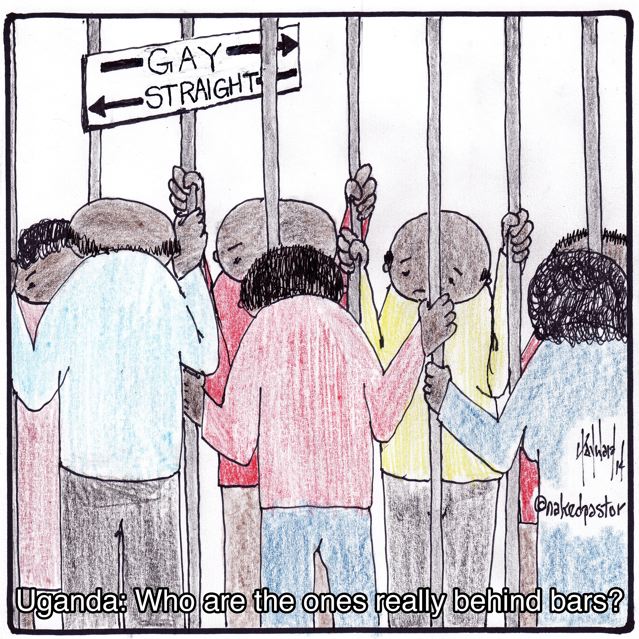The most mature spiritual person can actually seem to be the most childlike. There is a confusing enigmatic character to the spiritual life in general.
But when you gather different spiritual lives in one community, the anomaly compounds exponentially. Community life should feel paradoxical. Especially the religious community life. The healthiest churches might actually appear to be the least healthy.
This because diversity is more valuable as a sign of health than homogeneity. In my experience, homogeneity is usually forced and should always be held suspect. Homogeneity, again in my experience, has always been a thin veneer of conformity necessitated by the powers.
Paradox is not easy to live with. The mind is uncomfortable with it and wants to settle on one or the other of the opposing ideas. But as one matures and develops the art of holding two apparently opposing ideas simultaneously in the mind, paradox is understood at a very deep level. Then one can see life at work where death seems to prevail. And one can also see death at work where there proposes to be life. Or, as in a church, one can perceive a deep order in the midst of chaos. And one can perceive deep division where the primary presentation is homogeneity.
I saw love in our chaotic community, and that was its order. Love is the bonding agent manifesting the unity of the Spirit. It is not agreement. It is not compatibility. It is not adherence, obedience, charismata, style or anything else. It is love that manifests itself in voluntary and willing fellowship with others who are different, even on significant levels.
Which is why it is difficult to keep a church together that is paradoxical in nature. Different people, from the pastor to the visitor, are always pressuring, lobbying, praying, expecting, longing and working for their own fantasies of what the church should be to become a reality.
We must rest in the paradoxical truth that the church can seem alive and dead at the same time.











